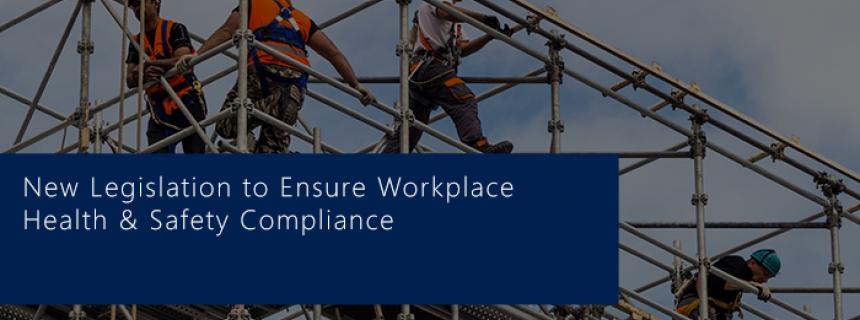Each of Canada’s fourteen jurisdictions (one federal, ten provincial and three territorial) is responsible for administering and enforcing its own occupational health and safety legislation. Alberta and Ontario recently implemented Bill 30 and Bill 177, respectively, are great examples of how Canada’s provinces are forging ahead in their efforts to continuously refine and improve workplace health and safety compliance. The proposed changes aim to harmonize both provinces’ health and safety legislation with the rest of Canada while modernizing health and safety regulations to reflect modern workplaces and increase employee engagement.
Alberta, with the recently introduced Bill 30, is taking action by updating the Workers’ Compensation Act and Occupational Health and Safety Act to better protect Albertans and support injured workers. The revisions to Alberta’s occupational health and safety act aim to increase the rights and protections of Alberta’s workforce. Such revisions include introducing the right to refuse dangerous work and the right to participate in discussions regarding health and safety. Under this law, workers who exercise their right to refuse unsafe work are protected against retaliation from their employer.
“Such revisions include introducing the right to refuse dangerous work and the right to participate in discussions regarding health and safety.”
Bill 30, with a proposed increase in WCB benefits will also help protect injured workers and support their safe return to the workforce. Under Bill 30, it will be mandatory for Alberta employers with over 20 workers to have a written health and safety program, as well as a health and safety committee. The responsibilities of this committee include conducting site inspections and developing health and safety policies, procedures, and training programs. Alberta employers are now required to notify the government in the event of a serious injury, incident, near miss, or death, so that an official investigation can take place.
As of January 1, 2018, the Ontario government has implemented a new set of changes to Ontario’s employment laws, aiming to improve workplace safety by establishing increasingly stringent workplace safety obligations for employers. Bill 177, the Stronger, Fairer Ontario Act (Budget Measures), 2017, updates the Occupational Health and Safety Act (OSHA), and has amended the Workplace Safety and Insurance Act, 1997 (WSIA).
The most impactful change brought in by Bill 177 is the massive increase in the maximum fines for corporations and individuals found to be in violation of OSHA. This is the first time in nearly 30 years that the maximum fines have been changed. Bill 177 will see the maximum fine for corporations tripled, from a per offence fine of $500,000 to $1.5 million, while the maximum fine for individuals has been raised from $25,000 to $100,000. Individuals may be also subject to a sentence of up to 12 months in jail.
Alberta and Ontario’s recent legislation updates speak to Canada’s ever growing commitment to improving occupational health and safety at work-sites across the country. These dramatic changes are a strong indicator that courts will begin imposing much higher fines for OSHA violations, and as we continue to see Canada’s provinces and territories begin to enact similar changes, it will become increasingly critical to stay up to date on the latest in occupational health and safety legislation. As safety and compliance regulations around the country become increasingly stringent, the ever growing costs and fines associated with workplace injuries and illnesses can potentially become crippling to most organizations.
“The maximum fine for corporations tripled, from a per offence fine of $500,000 to $1.5 million, while the maximum fine for individuals has been raised from $25,000 to $100,000. Individuals may be also subject to a sentence of up to 12 months in jail.”
These bills are a step in the right direction, reinforcing the idea that both corporations and individuals must strive to make safety their top priority in the workplace. Given our focus on the world of safety and compliance, we hope to see more of Canada’s provinces begin to enact similar changes to their health and safety legislation. Businesses that invest in the health and safety of their employees, and stay up to date with the latest regulations will be better able to protect themselves from the heavy fines and costs associated with workplace injuries, illnesses, and fatalities.
It’s time to ask that question, what is your company doing to ensure you are staying compliant in your industry?


